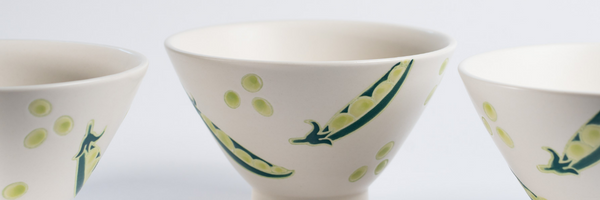Seto, celebrated for perfecting ceramics through the revolutionary use of glaze, emerged as Japan's foremost pottery hub during the Kamakura period (1185 CE - 1333 CE). With a legacy spanning centuries, Seto ware proudly holds the distinction of being the oldest pottery in Japanese ceramic history.
The Edo period (1603 CE – 1868 CE) marked a watershed moment for Seto, as it spearheaded the mass production of porcelain, democratizing its presence in households across Japan.
The enduring vitality of Seto ware, enduring over a millennium, owes much to its abundant reservoirs of high-quality ceramic clay and its relentless pursuit of innovation. By embracing evolving technologies and cultural influences with remarkable flexibility, Seto's artisans have upheld an unwavering tradition of excellence.

The aphorism, "there is nothing that cannot be made in Seto," epitomizes their ingenuity and dedication to craftsmanship.
Seto, nestled in Aichi Prefecture, remains the beating heart of Japan's porcelain industry. Moreover, it serves as a nurturing ground for emerging ceramic artists, ensuring the preservation and perpetuation of this venerable craft for generations to come.
Seto Sometsuke (Blue and White) ware originates from the Seto City and Owari Asahi City region in Aichi Prefecture. While the Sometsuke technique is typically associated with porcelain, Seto Sometsuke ware distinguishes itself by extending this method to stoneware as well.
The roots of Seto Sometsuke ware trace back to the early 19th century, when pioneering potters like Kato Tamikichi, later renowned as the father of porcelain, introduced porcelain firing techniques to the Seto area. Subsequently, Seto Sometsuke ware flourished under the tutelage of skilled painters who imparted the art of painting in a delicate Chinese style to Seto artisans. By the mid-19th century, Seto Sometsuke ware had established its distinctive painting style, inspired by techniques that captured the essence of Seto's natural landscapes and scenery.

